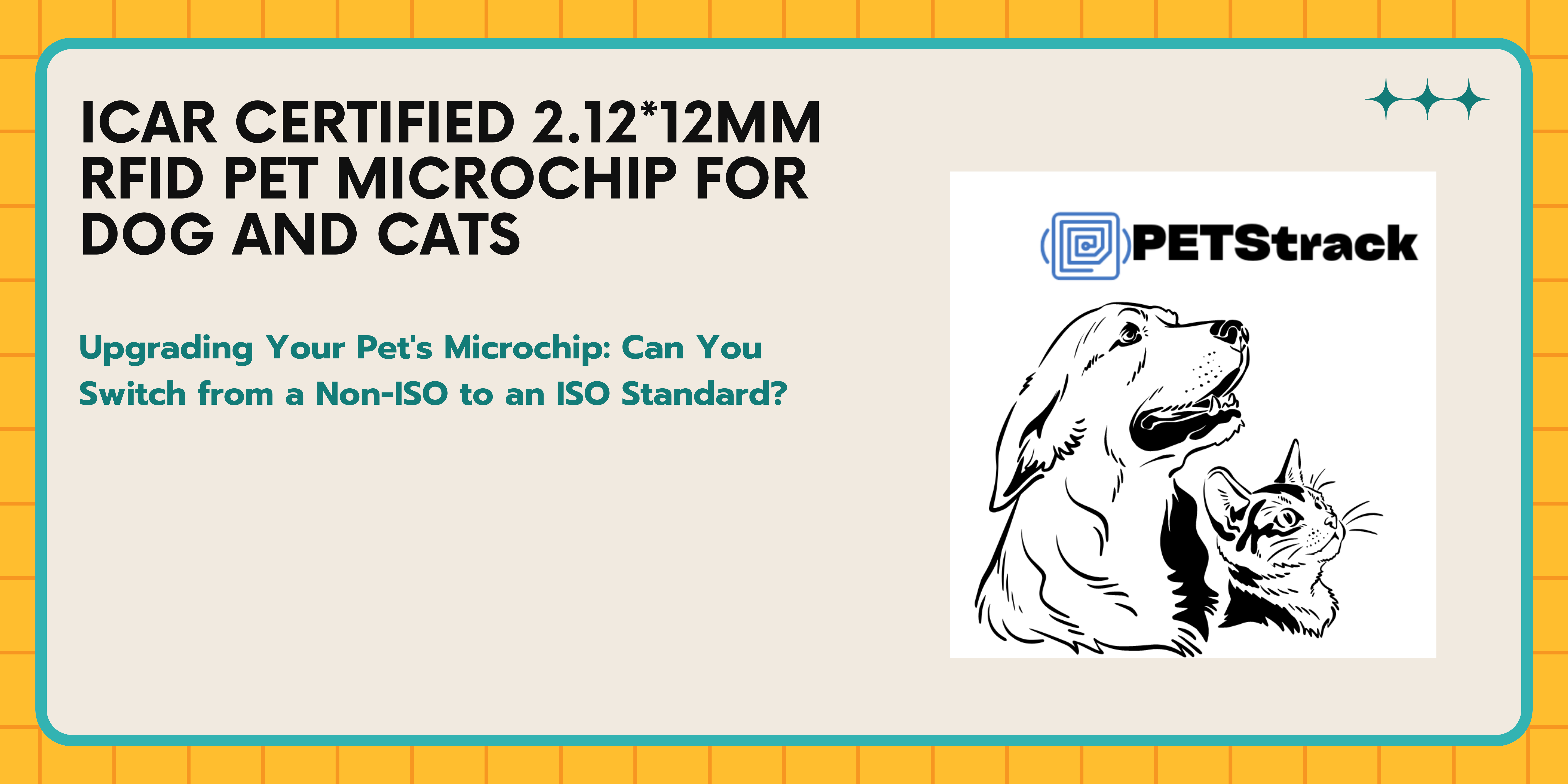Upgrading Your Pet's Microchip: Can You Switch from a Non-ISO to an ISO Standard?
As a responsible pet owner, ensuring the safety and well-being of your furry companion is a top priority. One essential aspect of pet identification and tracking is microchipping. Microchips serve as a permanent form of identification, providing crucial information about your pet and increasing the chances of a reunion if they ever get lost. However, what happens when your pet already has a non-ISO standard microchip implanted, and you want to upgrade it to an ISO standard microchip? Let's delve into this topic and explore the possibilities.
Understanding Microchip Standards:
Microchips are small electronic devices implanted under the skin of pets, typically between the shoulder blades. They contain a unique identification number that can be scanned using a compatible reader. These microchips come in different frequencies or standards, with the most common being the ISO standard of 134 kHz.
The Dilemma: Non-ISO Standard Microchip:
In some cases, you might find that your pet has a non-ISO standard microchip implanted, specifically a 125 kHz microchip. This could be due to various reasons, such as the availability of certain microchips at the time of your pet's initial implantation. However, you may have concerns about compatibility issues or the lack of universal scanners capable of reading non-ISO microchips.
Switching to an ISO Standard Microchip:
Now, the question arises: can you switch from a non-ISO standard microchip to an ISO standard microchip? The answer is, in most cases, yes, it is possible. However, the process involves certain considerations and steps to ensure a smooth transition.
Consult with a Veterinarian:
The first step is to consult with a veterinarian experienced in microchipping procedures. They will assess your pet's health and determine the best course of action for the microchip replacement.
Microchip Compatibility:
While ISO standard microchips are more widely recognized and readable by most scanners, it's important to confirm the compatibility of the new microchip with your pet's current microchip reader. Discuss this with your veterinarian to ensure a seamless transition and effective identification.
Microchip Implantation:
If it is determined that your pet can undergo the microchip upgrade, the veterinarian will perform the implantation procedure. This involves removing the existing microchip, typically a straightforward process, followed by the implantation of the new ISO standard microchip.
Updating Pet Information:
After the new microchip is implanted, it's crucial to update your pet's information in the relevant databases or registries. Provide accurate contact details to ensure that if your pet goes missing, the updated information can help facilitate a swift reunion.
Microchipping is an invaluable tool for pet identification and safety. If your pet has a non-ISO standard microchip implanted and you wish to upgrade to an ISO standard microchip, consult with your veterinarian to assess compatibility and perform the necessary replacement procedure. By ensuring that your pet has the most widely recognized microchip, you increase the chances of a successful reunion if they ever become lost or separated from you. Remember, responsible pet ownership includes staying up to date with identification technology to safeguard your beloved companion.
